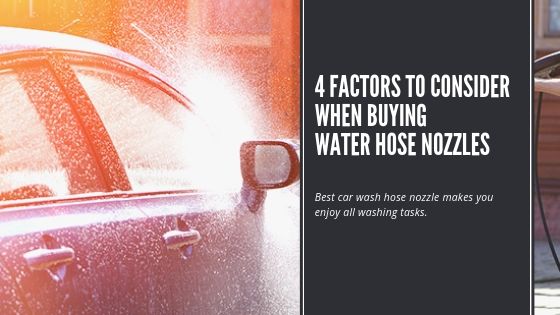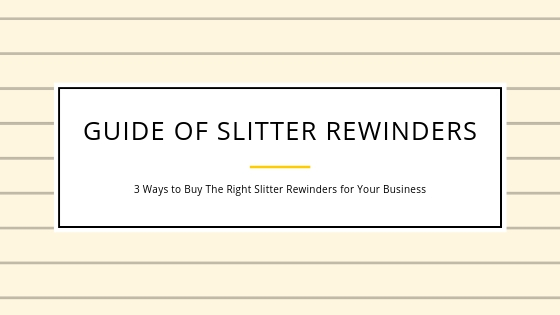What Type of KVM Extender Do You Need?
While all KVM extenders are used to connect users to their computers, there are a wide variety of customer needs and important features to look for when purchasing a KVM extender. In order to find the best KVM extender for your configuration here are the major questions to consider in advance:
- What video signals do you need to extend?
- Do you need to extend signals for one screen (single-head) or multiple screens (multi-head)?
- What types of peripherals do you need to extend (USB HID, USB 2.0/3.0, audio, serial, etc.)?
- What distances do you need to cover between the users and the computers?
- What transmission medium will connect the users and computers (CATx/Fibre/IP Network)?
Types of KVM Extenders
There are different types of KVM extenders that are capable of transmitting various signals: VGA, DVI, HDMI, DisplayPort video signals, as well as keyboard and mouse, transparent USB, digital or analogue audio and serial formats like RS232.
KVM extension works over CATx cabling, fiber optic cabling, or an IP network:
- Optical Fiber KVM Extenders are ideal when there is a need for an increased signal range (between buildings for example), for applications that require enhanced network security, for transmission of uncompressed high-bandwidth signals (4K60), or when your network configuration requires immunity from electrical interference (galvanic isolation)
- KVM Over IP Extenders are preferred for applications where connectivity needs to be established across vast distances, where scalability of the system is crucial (KVM switching), or it is preferable to extend over an existing LAN infrastructure or even the Internet
- CATx KVM Extenders are perfect when you need to extend up to HD video and peripheral signals up to 150 m; CATx transmission is also the most cost friendly option
HDMI KVM Extenders
HDMI KVM extenders provide HDMI and USB signal extension over long distances without compromising video quality. These extenders offer low latency or even real-time transmission without delays and compression artefacts that degrades the high-resolution viewing experience. They are ideal for applications such as broadcast, high-end medical imaging, interactive digital signage, home theatres, and even industrial automation.
VGA KVM Extenders
VGA KVM extenders are capable of extending up to 1920×1200 VGA signals over distances of 150 m (CATx) or even farther over fiber connections. Some extenders come with a built-in de-skew option to compensate for skewing effects.
DVI KVM Extenders
DVI KVM extenders are designed to overcome the distance limitation of DVI cabling. Digital KVM extenders are ideal in critical applications where reliable digital image quality and fast switch-over of redundant hardware are required, for example in broadcast playout centers or industrial control rooms.
DisplayPort KVM Extenders
DisplayPort KVM extension technology supports uncompressed transmission of up to 4K60 video signals. This helps to access high-performance graphical workstations and critical video processors from secure and temperature controlled equipment rooms while maintaining the same user desktop experience for editors, 3D artists and control room operators.
If you have any question about KVM extender or want to buy DVI extender, DisplayPort KVM extender, RS232 extender and more KVM extenders, welcome to contact with Smart Cabling & Transmission Corp. for more details!
Article Source: BLACK BOX




